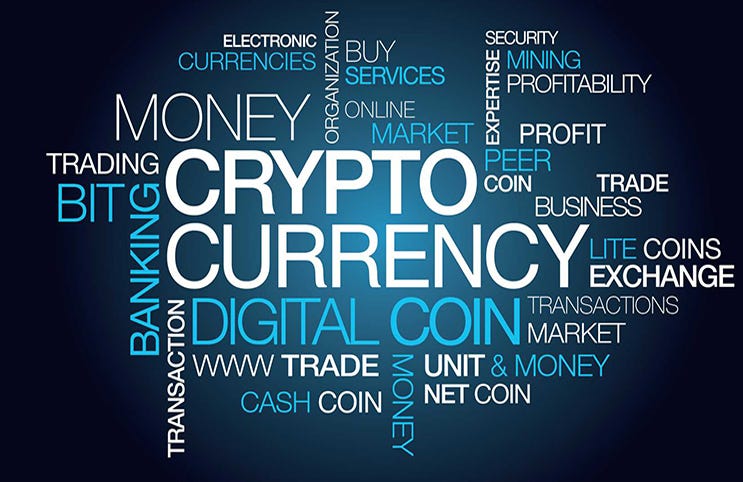In equally instances, a bank could be the intermediary verifying the deal: Rob’s resources are confirmed when he takes the cash out of an income device, or they are approved by the software when he makes the electronic transfer. The lender chooses if the exchange should go ahead. The financial institution also supports the report of all transactions produced by Deprive, and is only accountable for upgrading it when Rob gives some body or receives income into his account. Put simply, the bank supports and controls the ledger, and every thing flows through the bank.

That’s lots of duty, so it’s important that Deprive feels he is able to trust his bank usually he wouldn’t chance his income with them. He must feel confident that the financial institution will not defraud him, won’t lose his money, won’t be robbed, and will not vanish overnight. This need for confidence has underpinned pretty much every major behaviour and facet of the monolithic money industry, to the extent that even if it absolutely was discovered that banks were being reckless with your income through the financial disaster of 2008, the us government (another intermediary) thought we would bail them out as opposed to chance destroying the final pieces of trust by allowing them collapse.
Blockchains work differently in one important regard: they’re entirely decentralised. There is no main cleaning house such as a bank, and there is no main ledger held by one entity. Instead, the ledger is spread across a great system of computers, called nodes, each which supports a duplicate of the entire ledger on the particular hard drives. These nodes are linked together via a piece of software called a peer-to-peer (P2P) customer, which synchronises knowledge throughout the network of nodes and makes sure every one has exactly the same variation of the ledger at any provided stage in time.
Each time a new purchase is entered right into a blockchain, it’s first protected using state-of-the-art cryptocurrency technology. Once protected, the exchange is transformed into anything named a stop, which is generally the definition of used for an encrypted band of new transactions. That block is then sent (or broadcast) into the system of computer nodes, wherever it is tested by the nodes and, when verified, passed on through the system so your block could be added to the end of the ledger on everybody’s pc, under the record of most past blocks. This really is named the cycle, ergo the tech is known as a blockchain.
After permitted and noted in to the ledger, the deal can be completed. This is one way cryptocurrencies like Bitcoin work. What’re the advantages of this method over a banking or key cleaning process? Why could Deprive use Bitcoin as opposed to regular currency? The answer is trust. As mentioned before, with the banking program it is important that Deprive trusts his bank to protect his money and handle it properly. To make certain this happens, great regulatory techniques exist to verify what of the banks and guarantee they are match for purpose.
Governments then control the regulators, producing a kind of tiered system of checks whose only purpose is to greatly help reduce mistakes and bad behaviour. In other words, organisations just like the Financial Services Power occur specifically because banks can’t be respected on their own. And banks frequently produce problems and misbehave, as we’ve observed way too many times. When you have just one source of power, energy appears to have abused or misused. The confidence connection between people and banks is uncomfortable and precarious: we do not really confidence them but we don’t sense there’s significantly alternative.
